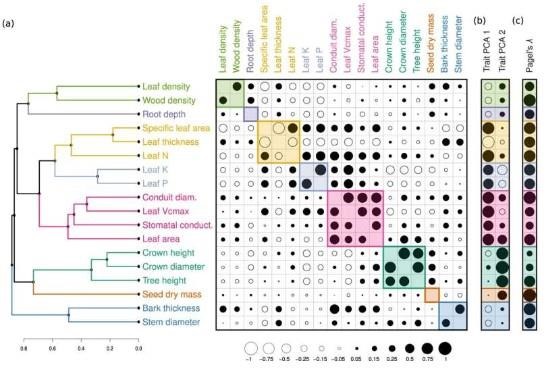Can trees adapt to (climate) change? Which trees are more or less capable of doing so, and why? A group of researchers from all over the world set to work on these questions. Professor of Environmental Biology Peter van Bodegom helped to classify the functional traits of tree species, including, for example, the thickness of the bark, the height of the trunk and the construction of the leaf. Thanks to a statistical analysis of the characteristics of 50,000 tree species, researchers can now see which characteristics vary together. The results have been published in the journal Nature Communications.

Trait correlations and functional clusters.
To determine which characteristics of tree species often occur together and what this implies, about 30 scientists from 16 different countries worked together. Researchers in Brazil, the Netherlands, Austria, Switzerland and even Russia and New Zealand classified the traits of tree species. The focus was on eighteen functional traits, including leaf, seed, bark, wood, crown and root properties. On this basis, the researchers created the largest database in the world containing 50,000 tree species.